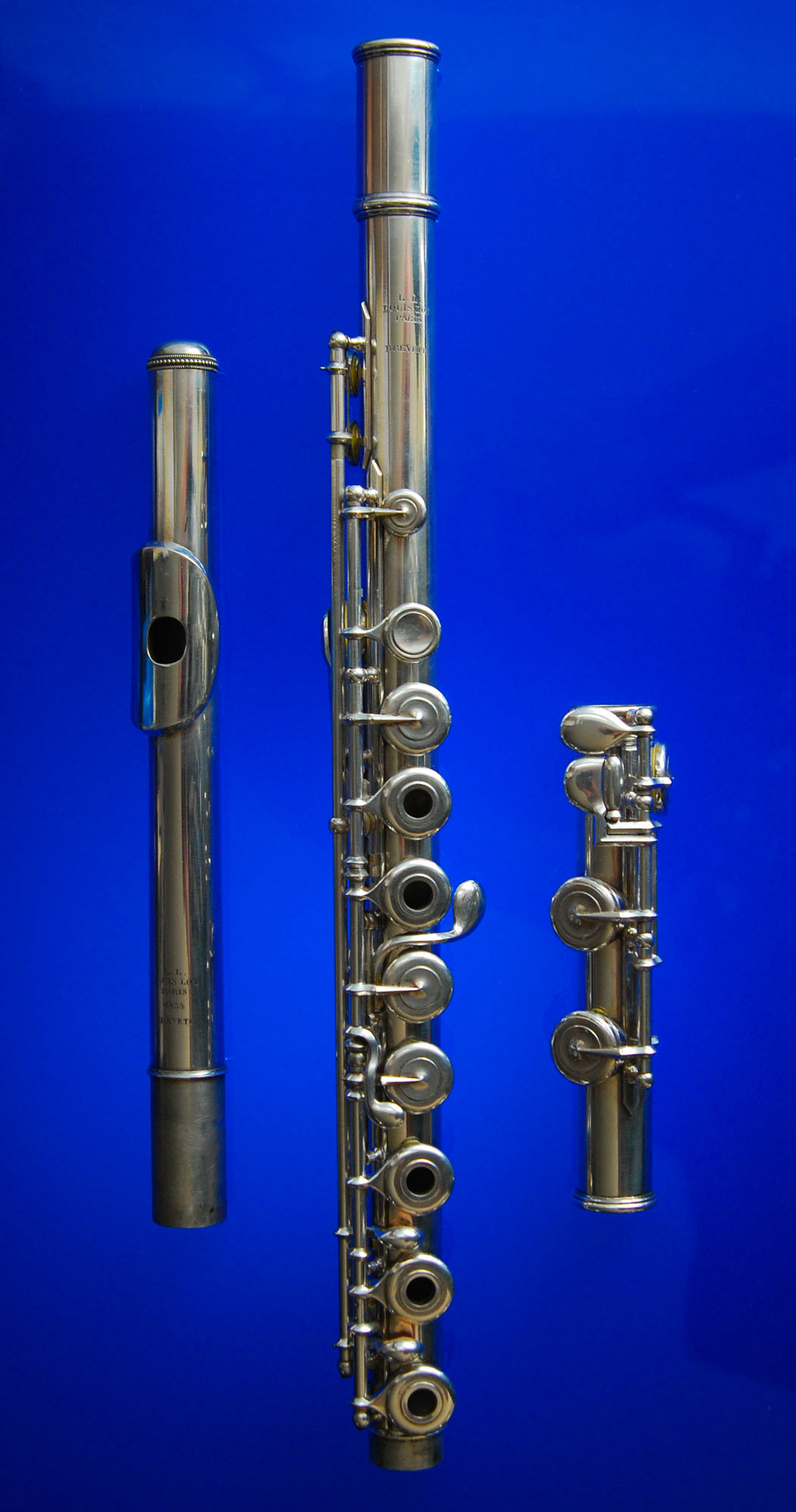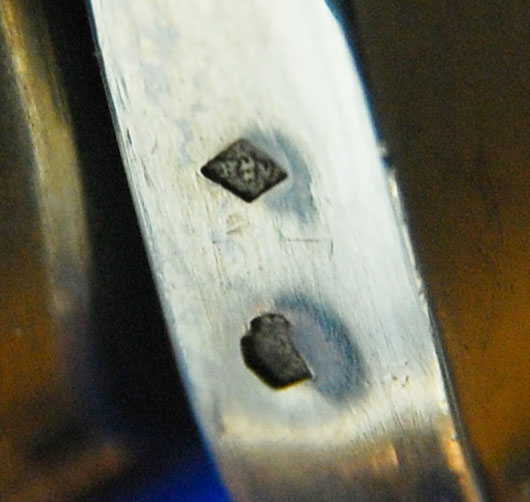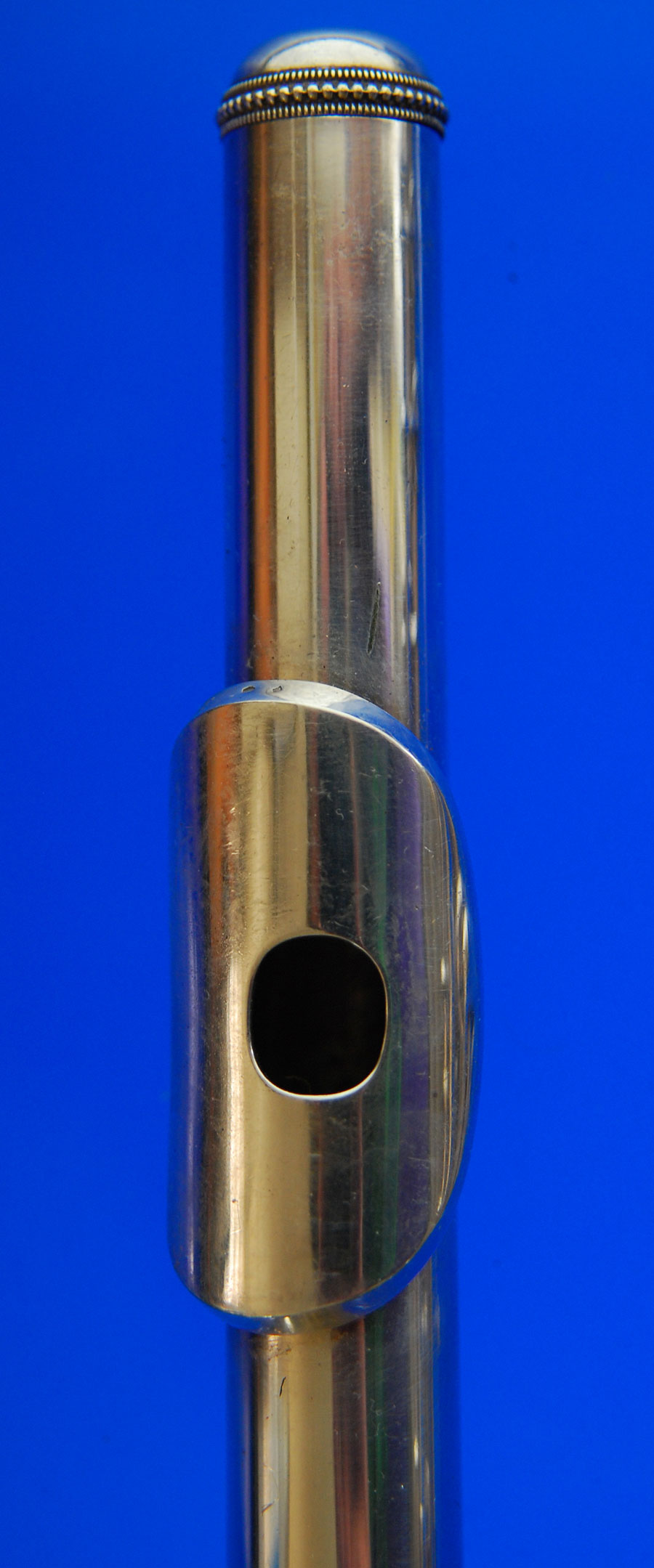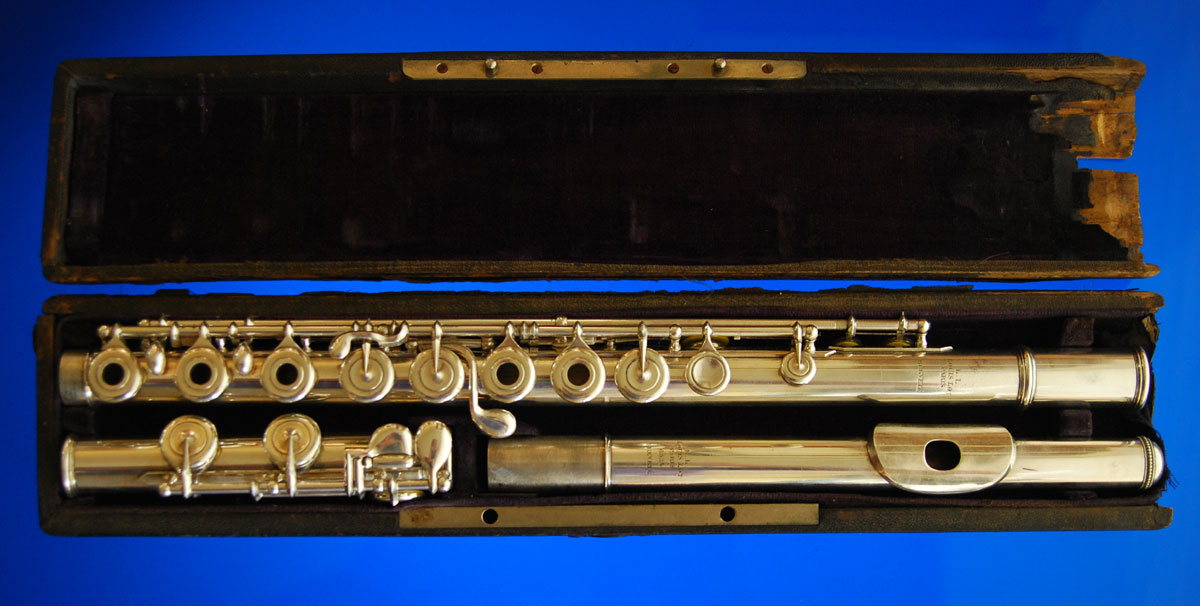
Philippe Kahn
Philippe Kahn wanderte einst illegal in die USA ein. Heute ist er eine der Ikonen des Silicon Valley – und entscheidet mit darüber, wie Mensch und Maschine sich miteinander vernetzen.
Philippe Kahn hat sich auf sein Fahrrad geschwungen und ist die 3,5 Kilometer von seinem Haus am Hafen ins Büro gefahren, in der Innenstadt der kalifornischen Küstenstadt Santa Cruz. Es ist Mittag, Kahn muss erst einmal etwas essen und lässt sich eine Platte Sushi kommen. Er habe die ganze Nacht durchgearbeitet, sagt er und lacht dröhnend – ‘um herauszufinden, wie man besser schläft’. Denn er tüftelt gerade an einem ‘smarten Bett’, also an einer Liegestatt, die den Schlaf der Menschen verbessern soll.
Wie das genau funktioniert, will er nicht sagen. Fest steht er nur, dass er das Bett nicht selber auf den Markt bringen, sondern dies einem bekannter Hersteller überlassen will. ‘Wir sind die Leute hinter den Kulissen’, sagt Kahn.

Das ist wahr und eine Untertreibung zugleich. Ob künftige Smartbetten, digitale Fitnessbänder von Nike und Jawbone, Schweizer Uhren von Mondaine, Alpina und Frederique Constant und nahezu jedem Mobiltelefon – überall stecken Ideen oder Technologien von Kahn drin.
Zugleich ist Kahn, 63 Jahre alt, Typ zausiger Bär, eine der Legenden des Silicon Valley. Er hat einst eines der größten Softwareunternehmen der Welt aufgebaut und mit dem Microsoft-Gründer Bill Gates die Klingen gekreuzt. Er hat die Fotografie mit dem Mobiltelefon erfunden.
Und nun, Anfang 60, ist Kahn das technische Hirn der sogenannten Quantified-self-Bewegung, jener schnell wachsenden Gemeinde, die alles an sich selbst messen, aufzeichnen und optimieren will – von den Schritten beim Spazierengehen, den Höhenmetern beim Treppensteigen, dem Puls beim Sprinten oder der Atemfrequenz beim Schlafen.
Mit 63 noch erfolgreich trotz Jugendwahn
Die Sensoren dafür und die Analysesoftware liefert Kahns Unternehmen namens Fullpower Technologies, das er 2003 in Santa Cruz gründete. Weil die neue Apple Watch schon nach 18 Stunden an die Ladestation muss, forscht er zum Beispiel gerade an einer Möglichkeit, die Zeit auf zwei Jahre auszudehnen. ‘Ich glaube, dass Messfunktionen einfach da sein müssen, ohne dass sich ihr Nutzer ständig sorgen muss, ob sie überhaupt einsatzbereit sind und funktionieren’, sagt Kahn. Damit definiert er die Handlungsmaxime für jene, die derzeit im Silicon Valley die Trends vorgeben. Mal wieder. Wie schafft man das auch noch mit 63 ausgerechnet in einem Fleckchen Erde wie dem Silicon Valley, in dem der Jugendwahn herrscht?
Kein Mann für den Flugzeugträger
So dröhnend Kahn im direkten Gespräch wirkt, so gerne arbeitet er im Hintergrund. In den Achtziger- und Neunzigerjahren befehligte er schon einmal 4000 Mitarbeiter eines Softwarehauses namens Borland, das er mitgegründet hatte und mit dem er eine halbe Milliarde Dollar pro Jahr umsetzte. Doch dabei habe er sich gefühlt ‘wie auf einem Flugzeugträger’, erinnert er sich, ‘schwer beweglich und nur Beton um mich herum’.
Heute hat Kahn 100 Mitarbeiter unter sich, zumeist Elektroingenieure, Informatiker, Mediziner, Datenspezialisten und Mechatroniker. ‘Ich würde es gern nur mit drei Mitarbeitern machen’, sagt er ‘aber das geht natürlich nicht.’ Darum fühle er sich wohl mit seiner jetzigen Mannschaft. Er reite gern ‘mit der richtigen Ausrüstung auf einer großen Welle’.
Das erste Foto via Mobilfunk
Der ambitionierte Surfer hat schon etliche Wellen geritten, keine Monsterwellen, dazu sei er ‘zu feige’, allerdings sehr große im Pazifik – und ganz große im IT-Geschäft. Neben dem deutschen Informatiker und Unternehmer Andreas von Bechtolsheim zählt er zu den Europäern, die Amerikas IT-Hochburg Silicon Valley mitgeprägt haben. Dass es soziale Netzwerke wie Facebook, Instagram oder Snapchat gibt, dass das Smartphone boomt, all das geht auch auf Kahn zurück – und auf seinen Ehrgeiz, die Geburt seiner dritten Tochter Sophie so schnell wie möglich direkt aus dem Krankenhaus in Santa Cruz seinen Verwandten, Freunden und Fans mitzuteilen.
Mit dem briefmarkengroßen Foto, das er am 11. Juni 1997 via Mobilfunk übers Internet verschickt, schreibt Kahn Geschichte. Er kombiniert eine Casio-Digitalkamera, mit der er seine Tochter fotografiert, mit einem Toshiba-Laptop und einem Motorola-Startac-Handy. Die Aufnahme sendet er nicht per E-Mail in die Postfächer seiner rund 2000 Bekannten, Freunde und Partner. Denn ‘die Kosten wären damals astronomisch gewesen’, sagt Kahn. Stattdessen publiziert er das Konterfei seines Töchterchens auf einer Webseite, auf die nur Freunde und Bekannte Zugriff haben. Die können das Foto so dann betrachten und herunterladen. Im Grunde funktionieren heute alle sozialen Netzwerke nach diesem Prinzip.

Ein Babyfoto war der Anfang
Für Kahn ist es eine Initialzündung. Er tauft seine Erfindung PictureMail und vermarktet sie über sein damaliges Unternehmen Lightsurf an Mobiltelefongesellschaften. 2005 verkauft er Lightsurf an den US-Internet-Infrastrukturanbieter Verisign und streicht dafür 270 Millionen Dollar ein.
Das Babyfoto und das schlaffördernde Bett sind nur zwei Stationen einer außergewöhnlichen Karriere, die mit der illegalen Einwanderung aus Europa 1982 begann und inzwischen in der Galerie der Multimillionäre des Silion Valley angekommen ist. Der Vater Ingenieur, die Mutter eine Kämpferin im französischen Untergrund, die das Vernichtungslager Auschwitz überlebt hat, ist Kahn gerade 13 Jahre alt, als seine Maman stirbt. Der Halbwaise macht Abitur, studiert Mathematik und Musik und unterrichtet danach Mathematik an der Universität im südfranzösischen Nizza.
Software statt Käse und Wein
Doch das füllt Kahn nicht aus, also beginnt er in der Freizeit zu programmieren. Zwar will er nie Unternehmer werden, sein Vater ist überzeugter Sozialist. Wohl aber verspürt er den Drang, etwas Neues zu kreieren, am besten in der IT-Branche. In Frankreich ist das schwer zu dieser Zeit. ‘Mit Wein oder Käse hätte ich vielleicht eine Chance gehabt, nicht aber mit Software’, erinnert sich Kahn. Als ihm immer mehr Freunde empfehlen, doch ins Silicon Valley zu gehen, folgt er ihrem Rat schließlich. ‘Irgendwann habe ich gesagt: Okay, dann mache ich das eben’, sagt er. Anfang 1982 kauft er sich ein Ticket nur für den Hinflug, seine Frau, die beiden Töchter und der Hund bleiben zu Hause.
 Der Selbstoptimierer, Internetunternehmer Kahn is seiner Privatwohnung
Der Selbstoptimierer, Internetunternehmer Kahn is seiner Privatwohnung
Vom Einwanderer zum erfolgreichen Berater
Es folgt die typische Odyssee vieler spontaner Einwanderer in den USA. Weil Kahn keine Arbeitserlaubnis besitzt, produziert er für einen Computershop Druckerkabel, die damals noch nicht genormt sind. Doch die Einnahmen reichen nicht zum Leben. Kahn schreibt 105 Bewerbungen, bis ihn schließlich ein koreanischer Familienunternehmer einstellt, der sich auf Computer sowie Software spezialisiert hat und selbst keine Arbeitsgenehmigung hat. ‘Dort habe ich nicht nur Koreanisch gelernt, sondern auch richtig hartes Arbeiten’, sagt Kahn. Ein knappes Jahr später hat er das Geld, um seine Familie aus Frankreich nachzuholen.
Irgendwann hat Kahn das Business mit IT so verinnerlicht, dass er beschließt, europäische Unternehmer zu beraten, die in die USA streben. Er nennt seine Firma frech MIT, was für ‘Market In Time’ steht, frei übersetzt: zur richtigen Zeit auf den Markt. Es dauert nicht lange, bis sich das richtige MIT, die berühmte US-Forschungshochburg Massachusetts Institute of Technology, beschwert und eine Namensänderung fordert.
Mit Turbo Pascal gegen Microsoft
Kahns erste Kunden sind drei Dänen, die ihr irisches Softwarehaus Borland in die USA bringen wollen. Borland hat sich auf Programme für Softwareentwickler spezialisiert. Kahn übernimmt die Führung des Unternehmens. Dessen Programmiersprache Turbo Pascal wird schnell weltberühmt, die Informationsmanagementsoftware Sidekick ein Bestseller, die Datenbanksoftware Paradox ein weiterer Knaller. Mitte der Neunzigerjahre beschäftigt Borland 4000 Mitarbeiter, setzt eine halbe Milliarde Dollar um, ist das drittgrößte Softwareunternehmen der Welt. Kahn rast abwechselnd in einem weißen Porsche oder auf einem Honda-Motorrad durch die Berge von Santa Cruz, konkurriert in Segelwettbewerben in Hawaii – und greift Marktführer Microsoft an.
Doch dann kommt der Moment, an dem Kahn erkennt, ‘dass wir gegen Bill Gates nie gewinnen werden, zumindest solange nicht, wie er mit Microsoft das dominierende Betriebssystem kontrollierte’. Also empfiehlt er seinem Aufsichtsrat, alle Entwicklungsressourcen auf das damals noch junge Internet zu konzentrieren. Doch seine Partner wollen nicht. ‘Wenn sich der ganze Aufsichtsrat gegen einen stellt, bleibt einem keine andere Wahl, als zu gehen’, sagt Kahn. Für ihn ist das bitter. Er muss erkennen: ‘Mit einem Unternehmen ist es wie mit Kindern. Die wachsen auf, und man kann sie nicht mehr kontrollieren.’
“Das Beste, was mir je passiert ist”
Doch der Franzose ist inzwischen so amerikanisiert, dass er die Niederlage als neue Chance begreift. Neben einer Abfindung erhält er die Geschäftseinheit von Borland, die sich auf den Onlinedatenabgleich zwischen IT-Geräten spezialisiert hat. Daraus macht er die Softwarefirma Starfish. 1998 veräußert er Starfish für 325 Millionen Dollar an den damaligen Handyhersteller Motorola. ‘Der Rauswurf bei Borland war das Beste, was mir passiert ist’, meint Kahn im Rückblick. ‘Auch wenn mir das erst später bewusst wurde.’
<strong>Bloß kein Rislkokapital</strong>
Sein Erfolgsgeheimnis in all den Jahren beschreibt Kahn ebenso knapp wie überraschend: ‘keinerlei Wagniskapital’. Zwar sei Risikokapital fantastisch, ‘aber man macht sich abhängig von den Geldgebern’. Vor allem aber zwinge das viele Kapital die Gründer, viel zu schnell zu expandieren und übereilt Mitarbeiter einzustellen. ‘Unfähige Mitarbeiter sind das absolute Gift’, sagt Kahn. ‘Sie saugen Energie aus einem raus, weil sie ihren Job nicht richtig machen, und verschlechtern das Betriebsklima.’
Können statt Doktortiteln
Kahn nimmt sich deshalb viel Zeit, wenn er neue Mitarbeiter einstellt, und testet die Kandidaten manchmal sogar mit Denksportaufgaben. Neulich hat er eine Datenspezialistin angeheuert. Sie setzte sich gegen Mitbewerber durch, die mit beeindruckenden Lebensläufen und Doktortiteln glänzten. Anstatt das Problem, mit dem er sie konfrontiert habe, weiter zu verkomplizieren, habe sie es vereinfacht und logisch durchdacht, lobt Kahn. ‘Solche Leute braucht man.’
Zu solchen Leuten zählt Kahn auch Sonia Lee, seine zweite Ehefrau und Mutter jener Tochter, deren Foto er gleich nach der Geburt im Cyberspace verbreitete. Kahn lernte die koreanischstämmige Frau, die in den USA Malerei studiert hatte, in seiner dunkelsten Phase kennen, in der Zeit des Rauswurfs bei Borland. Sie beriet damals IT-Unternehmen beim Börsengang, indem sie deren Geschäftsideen in Grafiken und Schaubildern umsetzte. Dabei lernte sie auch, Unternehmensstrategien zu verstehen. ‘Sonia hält mich auf Kurs’, sagt Kahn, ‘sie fordert mich heraus.’
Ein Gründer braucht Glück
Die neue Frau an seiner Seite gründete zwar Kahns Firmen von Starfish früher bis Fullpower heute mit, hält sich aber stets im Hintergrund. Sie begeistert sich nicht übermäßig für die Passion ihres Ehemanns, das Surfen, umso mehr für Musik. Fast jeden Abend bringt sie Kahn dazu, mit ihr zu musizieren – sie auf dem Cello, er auf der Flöte. Das Saxofon, mit dem er in den Neunzigerjahren auf den Partys bei Borland aufspielte und sogar eine CD herausbrachte, hat er aufgegeben.
Kahn kann nicht sagen, wie lange er die Welle der digitalen Gimmicks noch reiten will. Er habe nie Unternehmen gegründet, um diese zu verkaufen, behauptet er. ‘Es kamen immer Interessenten, bei denen ein Verkauf strategisch Sinn ergab.’ Das Wichtigste, was ein Gründer brauche, findet er, sei ‘Glück’. Er habe lange über die Rolle des Glücks im Leben nachgedacht. Wolle man lieber von der Natur mit Klugheit gesegnet sein oder lieber mit viel Glück?
‘Ich kenne viele supersmarte Leute, die ständig unzufrieden mit sich sind’, sagt Kahn. ‘Wenn ich die Wahl hätte, wäre ich deshalb lieber dumm und glücklich.’
-Hohensee, Matthias

Read the PDF print version here































 Der Selbstoptimierer, Internetunternehmer Kahn is seiner Privatwohnung
Der Selbstoptimierer, Internetunternehmer Kahn is seiner Privatwohnung